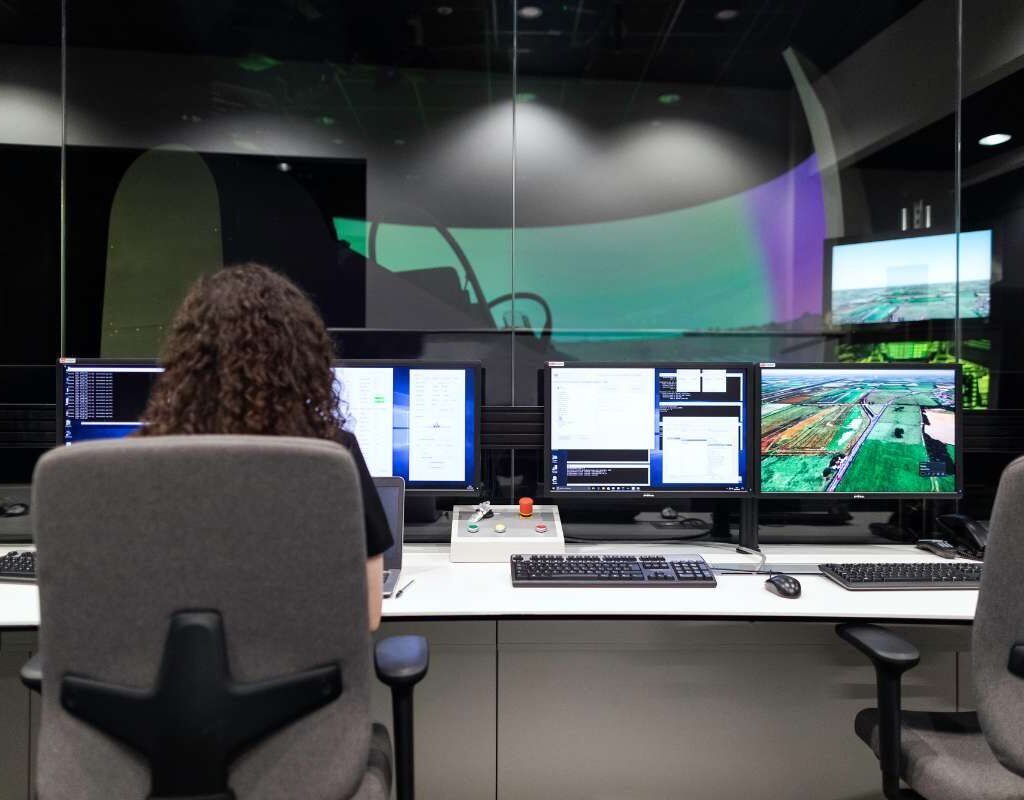Setting up your first office is one of those milestones that feels exciting and, honestly, a little overwhelming. It’s not just about finding a desk and a chair, but creating a space where productivity meets personality, function meets comfort, and most importantly, where your work dreams can really come alive. Whether you are taking the leap of faith as a freelancer or opening the doors to your small business, here is all you need to think about to get it right the first time.
Here Are the 13 Checklists for Setting Up Your First Office:
1. Find the Ideal Place
Your office location is going to affect your daily life, so consider commuting, the local ambiance, and even client or coworker access. For an office you’ll be taking clients to, try to find something professional but welcoming. If this is a one-person office, you may find convenience more of an important factor than prestige. Visualize easy parking, several coffee shops in proximity, and no creaky buildings that seem as if they’re on the verge of collapse.
But don’t just think big-picture; pay attention to the little details, too: natural light, noise levels, even the view from your window. A dark, noisy corner can drain your energy faster than a three-hour Zoom call.
2. Furniture That Works For You
Setting up your first office involves investing in furniture that doesn’t just look good but feels good. An ergonomic chair and desk setup aren’t luxuries-they are essential. Trust me, it will save your back. If the budget is really tight, upcycle quality secondhand pieces rather than go for the latest, flimsy fad.
Your desk should be tailored to your work style. Do you like to spread it all out, or does minimalistic order make you thrive? Whichever way, make sure it’s sturdy and practical. Add a filing cabinet or storage system to keep clutter under control; an organized workspace is an efficient workspace.
3. Technology and Gadgets

A reliable internet connection? Of course. Decent laptops or desktops? Sure. But beyond the bare essentials, consider what else would make your work easier. Dual monitors? Noise-cancelling headphones? A printer that doesn’t need to be troubleshooted every five minutes?
The matter of security should not be limited only to digital: there is an entire physical layer related to it as well. With this in mind, strong passwords and antivirus can protect you either immediately and with direct connection. If in a shared space or public facility, invest in lockable storage for sensitive documents and equipment.
4. Safety First
Yeah, this is probably not the most glamorous part of setting up your first office, but it’s a priority. Fire alarms, first-aid kits, and clear evacuation plans do sound like things you will never need until you do. And if you’re setting up in a space with lots of electronics, having a CO2 fire extinguisher handy is intelligent; it serves for electrical fires and leaves no residue that may damage your equipment.
Safety isn’t just about emergencies. Think about everyday comfort, too: non-slip mats, proper lighting, and even air quality. These little things often go unnoticed until they’re missing, so get ahead of the game.
5. Make Your Space Yours
Your office should feel like you. Whether it’s a framed photo, a funky lamp, or a potted plant, a few personal touches can make all the difference. Besides, these elements will help to make your working environment much more pleasant and inspiring. The sterile feeling of a blank, white space often doesn’t allow inspiration to flow through your mind, so don’t be afraid to mix practicality with a bit of flair. But remember, clutter can kill creativity, so it’s all about finding a balance.
6. Office Supplies: Stock Up Wisely
Pens, notebooks, sticky notes—those little simple things that are so essential. You want to have a stockpile of these staples, as well as other basic office supplies, such as a stapler, paper clips, and printer paper. If you will be working as part of a group, consider stocking a common area where everyone can take what they need without having to hoard. Save money by ordering in bulk but don’t overdo it. The only person who could possibly need 500 highlighters is one that’s opening a stationery store.
7. Budget-Friendly Decor Ideas
Setting up your first office doesn’t require a huge budget. A fresh coat of paint or a few carefully chosen pieces of wall art can make a big difference. Mirrors can make small spaces seem much bigger, yet rugs will add warmth and act to define areas. Plants are awesome to add brightness to a room also. A small, low-maintenance plant on your desk might just make the space feel more alive. And don’t forget to water it.
8. Create Zones for Productivity

Think about how you’ll use your office space. You may want a clear distinction between your desk for working, a meeting space, and a relaxation spot. Even the tiniest offices are capable of this with some clever furniture placement or by placing a screen in just the right place. Having a definition of zones sets boundaries. Where you are at your desk, you are in work mode. When you are in your chill-out corner, it’s time to relax—or at least act like it.
9. Break Areas Matter
If you are going to be in your office all day, give yourself a place to recharge. A comfy chair, a little coffee station, or even just a mini-fridge for snacks can go a long way. Taking breaks is not slacking—it’s necessary to stay sharp and avoid burnout. If you will be sharing your office with others, why not think of it as the common area where people can talk and connect? A little social interaction can really lift morale and spark creativity.
10. Practical Utilities
Setting up your first office involves a lot of practical considerations. Electricity, water, heating, and cooling—these aren’t sexy, but they’re essential. Test the outlets, check the water pressure, and make sure the space is properly ventilated. If anything is not up to scratch, sort it out before you move in. And then, of course, there’s the internet. Test the speed and reliability before signing any contracts. A slow connection is a fast route to frustration.
11. Make It Green
As much as sustainability may have sounded like a buzzword, it makes total sense in saving money by reducing waste. In this regard, opt for energy-efficient lighting, reusable supply materials, and recycling bins. If possible, work with suppliers who share your values regarding sustainability. Even small steps can make a big difference: a reusable water bottle instead of disposable cups or energy-saving settings on your devices can be easy wins.
12. Set the Right Atmosphere

The ambience of your office will impact both how you feel and how you work. Consider the lighting—natural light is ideal, but you will need to have lamps or overhead lights that are not straining on the eyes, too. Sometimes, background music or white noise may also help, whichever gets you working.
And do not underestimate the power of scent: a subtle diffuser with calming essential oils can make a space both highly productive and peaceful.
13. Celebrate Your Space
When your office is complete, take some time and soak it in. Invite over a few friends or colleagues for an informal “office warming.” It’s a time to show off the hard work you have done, but more importantly, it’s the start of this exciting new chapter in your career.
Setting up your first office is no small thing and should be acknowledged. Your office is more than just the four walls and a roof; it’s where ideas will grow, decisions will be made, and goals reached.









